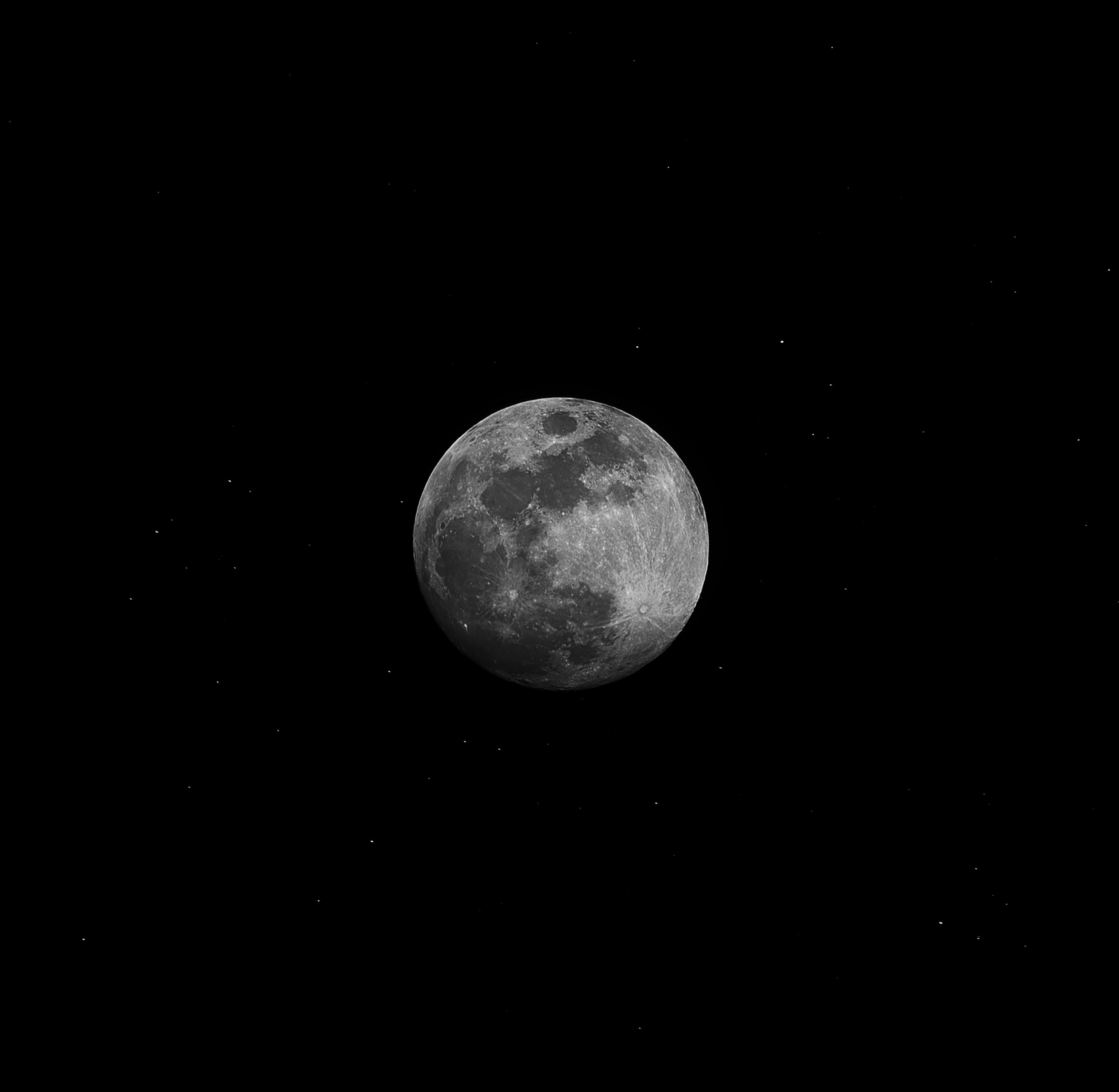How Often Does the Moon Go Around the Earth?
Have you ever wondered how often the moon orbits our planet? The moon is Earth’s only natural satellite, and its movement around our planet has fascinated humans for centuries. In this blog post, we will explore the frequency and various factors that influence the moon’s orbit, including its periodicity, phases, and gravitational interactions with the Earth.
The Moon’s Orbital Period and Phases
The moon takes approximately 27.3 days to complete one orbit around the Earth. This period, known as the sidereal month, is based on the time it takes for the moon to return to the same position relative to the stars. However, due to the Earth’s orbit around the sun, it takes slightly longer for the moon to complete its cycle in relation to the Earth’s position in the solar system. This longer period, known as the synodic month, is approximately 29.5 days and corresponds to the time it takes for the moon’s phases to repeat.
During a synodic month, the moon goes through different phases, such as the new moon, crescent moon, half moon, gibbous moon, and full moon. These phases occur due to the changing angle between the Earth, moon, and sun. The moon appears fully illuminated during a full moon when the Earth is between the moon and the sun. Conversely, a new moon occurs when the moon is positioned between the Earth and the sun, making it appear dark from Earth.
Influencing Factors on the Moon’s Orbit
While the moon’s orbital period is relatively consistent, various factors can affect its motion and make the timings of its orbit differ. Here are some of the crucial influencing factors:
Gravity and Tidal Forces
Gravity plays a significant role in the moon’s orbit around the Earth. The gravitational pull between these two celestial bodies causes the moon to constantly accelerate towards the Earth, keeping it in its orbit. Additionally, tidal forces, which are caused by the moon’s gravity, cause ocean tides on Earth to rise and fall.
Tidal forces also affect the moon’s orbit. As the Earth rotates on its axis and orbits the sun, the gravitational pull between the Earth and the moon creates these tidal forces, causing a slight braking effect on the moon’s motion. Consequently, the Earth’s gravity is gradually slowing down the moon’s rotational speed. As a result, the moon’s orbital period increases by approximately 3.8 centimeters per year.
Orbital Eccentricity
The moon’s orbit around Earth is not a perfect circle; it is slightly elliptical. This eccentricity means that the moon’s distance from the Earth varies during its orbit. At its closest point, called perigee, the moon is about 363,104 kilometers away from Earth, while at its furthest point, called apogee, it is around 405,696 kilometers away.
The varying distance between the moon and Earth also affects the moon’s orbital period. When the moon is closer to Earth, it experiences a stronger gravitational pull, causing it to move slightly faster. Conversely, when the moon is at its furthest point, the reduced gravitational force slows down its motion. These variations in distance can cause the moon’s orbital period to vary slightly from one synodic month to another.
Other Celestial Bodies
While the Earth has the most significant influence on the moon’s orbit, other celestial bodies can also affect it to some extent. The gravitational pull from the sun, as well as other planets like Jupiter, can cause slight perturbations in the moon’s motion.
This gravitational interaction with other celestial bodies can lead to variations in the moon’s orbital path and timing. However, these effects are generally minimal and do not significantly alter the overall pattern of the moon’s orbit around the Earth.
Astronomical Observations and Study
Studying the moon’s orbit is crucial for astronomers and scientists to understand the solar system and Earth’s place in it. By monitoring the moon’s motion and its various orbital characteristics, scientists can refine our knowledge of celestial mechanics and planetary interactions.
Through telescopes and space missions, astronomers have been able to gather valuable data about the moon’s orbit, its gravity, and its interactions with the Earth. These observations have led to improved understanding of the moon’s formation, its long-term effects on Earth’s rotation, and its influence on our planet’s climate.
Conclusion
The moon’s orbit around the Earth is an incredible display of celestial motion. While the moon’s orbital period is approximately 27.3 days, its synodic month, accounting for its phases, is around 29.5 days. Various factors, including gravity, tidal forces, orbital eccentricity, and gravitational interactions with other celestial bodies, influence the moon’s orbit and can cause slight variations.
Understanding and studying the moon’s orbit is crucial for furthering our knowledge of the solar system and the intricate interactions between celestial bodies. By delving into the complexities of the moon’s motion, scientists gain insights that contribute to our understanding of Earth’s history, climate, and place in the universe.
Table of Contents
